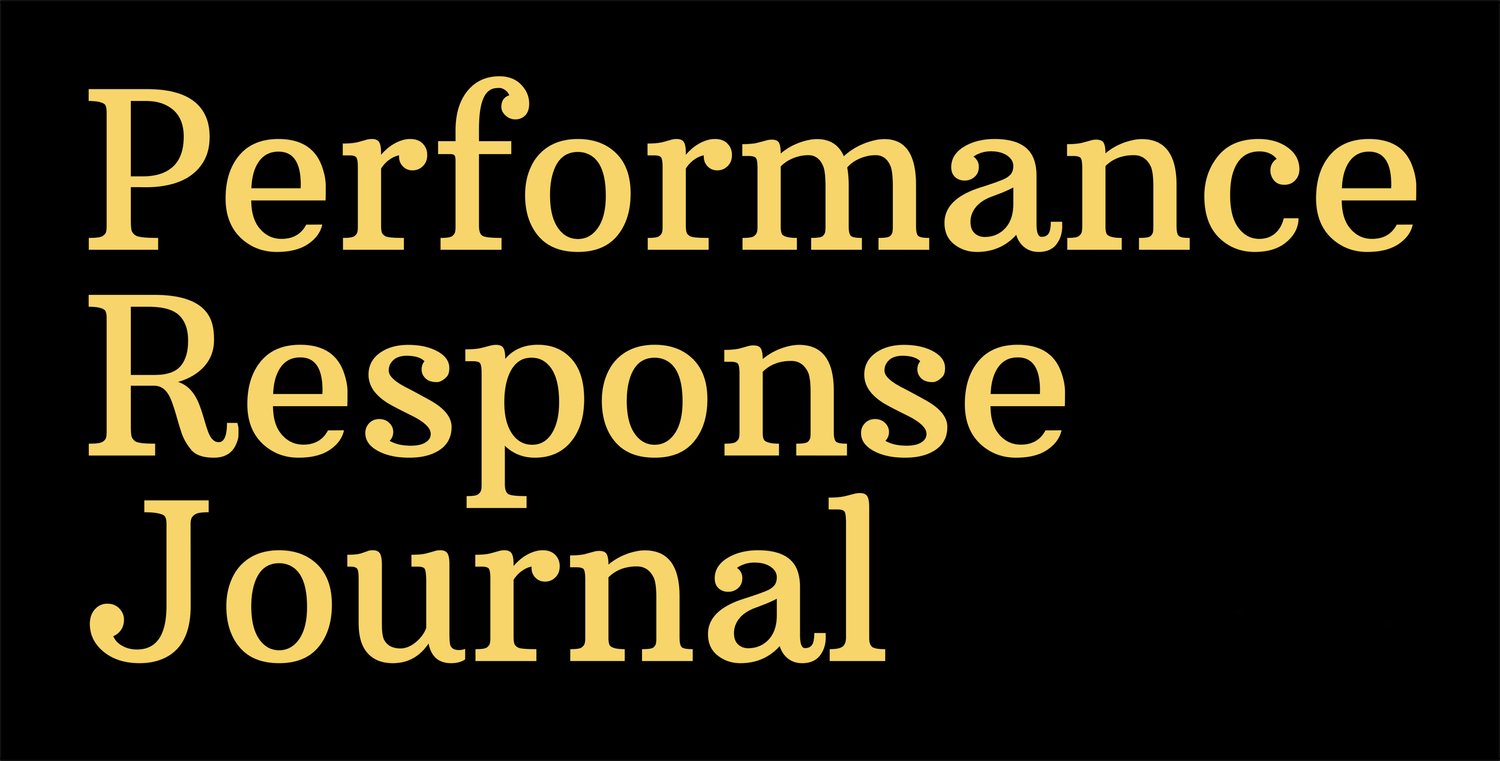the sound of loose change - dialects of dance in j’sun howard’s work in progress “righteous beauty:” a response by Laaura Goldstein
Image captured by Michelle Reid
The Righteous Beauty of Things Never Accounted For
Director: J’Sun Howard
Collaborators/Performers: Damon Green, Solomon Bowser, Timothy Tsang, Daiki Sogawa, and Alain Sinandja
Technical Director: Giau Truong
Lighting Designer: Ale Favila
Music: “Overature” by April + Vista, “Laz Flores” by Hijo Pródigo, “20211130” by Ryuichi Sakamoto, “All Up In Your Mind” (Hidden Vocals) by Beyoncé, and “El derecho de vivir en paz” by Victor Jara sung by soprano Ayleen Jovita Romero
September 29 + 30, 2023
Links Hall
*************************
The full title of J’Sun Howard’s current work in progress is The Righteous Beauty of the Things Never Accounted For, a full phrase that indicates the sublime, burning entity of what we don’t see. The word “account” is curiously and significantly specific: it includes connotations of the ledger, the report, all the requisite counting and quantifying, a currency of knowledge and experience that might ultimately be communicated. This work, however, opens an imagined space for the things never accounted for: a rhythm that creates a continuous count that’s both chaotic and ordered for the bodies of his dancers. During the talkback after the show, Howard emphasized his persistence of examining the concept of Black fugitivity for this project, a term which can be read as his concern with the constant response of [men of color] to be chased out of spaces physically and psychologically. This new performance imagines and performs a collaboration of healing between the dancers themselves as well as with the audience.
For the Links Hall debut of this piece, Howard marked the floor with boundaries that might first invite a previously repressed accounting to appear that would then transform as increasingly embodied. The three lanes stretched in tape might be the first thing the audience notices when taking their seats. Knowing Howard’s interest in working with the body’s stamina and limits, this is an interesting constraint and image to start with, as if the dancers might have to compete with each other while constrained to their own lanes. The performance begins with the dimming of the lighting into fluid colors, which initiates a paradigm shift that holds potential for witnessing the expansive movement meditation. More dancers, men, enter, move through, and exit the room intermittently. They encounter and explore each other, progressively discovering and producing the emotional impact of collision. As they fill the space one by one to develop and demonstrate their language for us, the feeling of balancing the urge for spontaneous movement within deliberate boundaries is palpable.
“How loose is your change?”
Curious about how his process guides dancers between direction and freedom, I reached out to J’Sun via email. In his response, he comments that, “[m]any of the best improvisational scores are based on a dancer's memory of doing it each time. They layer memories to create something complex, often the personal/interior with community/intimacy.” J’Sun also intimates that he provides the dancers with guidelines, but that, “[i]nstead of just always referring to the prompts, it is through the memory (my italics) of doing the prompt itself that their own memory becomes fragmented.” Beyond the dynamic of set choreography and improvisation, J’Sun creates a community that practices collective movement over time, eventually relying on the memories they create during the practice. He writes, “I think by tapping into memory, there’s a way to discover more practices of freedom that allow dancers to experience and discover alternative existences and to call in the ancestors who did it before us.”
J’Sun provides moments of set choreography throughout the piece “as anchors, the stops along the way to freedom.” However, he comments that, “[t]o get to freedom or an alternative world, it’s not going to be easy peasy... This is a challenge that is eventually extended to the audience as well. In the middle of the performance, after becoming somewhat accustomed to the rhythm of the dancers’ work, we received a moment of pure, unexpected action in the form of tiny inanimate interlopers. Someone, I don’t remember who, threw a collection of bright golden coins all over the floor. The sound and visual effect was a fragmentation of light, and a delightful shattering of the music. The remainder of the piece entailed pocketing these coins, their exchange, and eventually the dancer’s agency to abscond with some.
How loose is your change? Try to follow a coin from its spontaneous drop into the world and out again. What is hidden in pockets or quickly passes in a handshake, secret, means - something. After the performance ended and the talkback concluded, I took a closer look. One of the dancers told me, "they're tokens from an arcade!” which makes even more sense: kidnapped from a game, transported to a floor where they are danced on. What makes something real or fake currency? That’s often determined by some kind of authority, made by a mint. But here, we were all invited to play, our eyes and bodies engaged in making real scenes often and otherwise concealed. Rumor has it this performance will be making its way around the world, entering other countries and currencies, offering other audiences the chance to bring an accounting into existence. Just by witnessing.
************************
Laaura Goldstein's first collection of poetry, loaded arc, was released by Trembling Pillow Press in 2013 and their second collection, awesome camera, was published by Make Now Press in 2014. They have also published several chapbooks with vibrant small presses across the country. They began performing their work as well as teaching in Philadelphia for the Center for Literacy and helped facilitate workshops for Poetry for the People as well as worked at Temple University as a Dean's Appointment. They are now are a Senior Lecturer in Core Literature and Writing at Loyola University Chicago.


